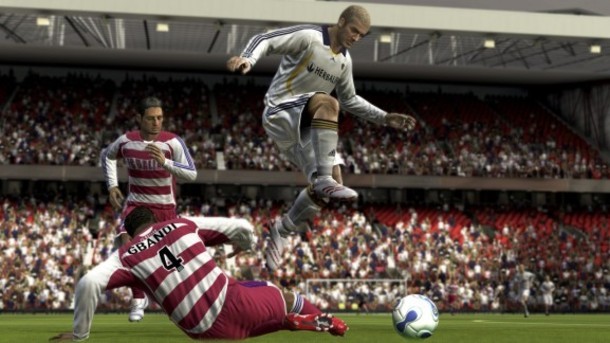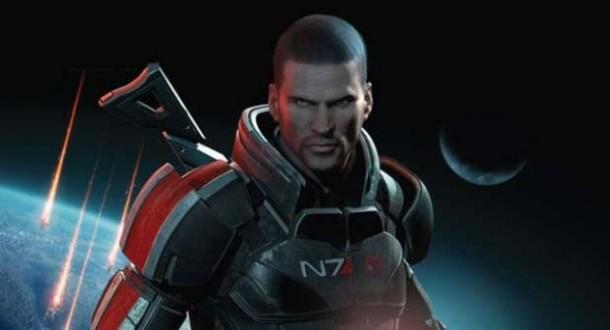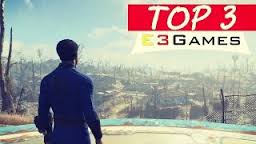In 1998, the release of StarCraft, a computer-based video game developed and published by Blizzard Entertainment (also known for their Warcraft and Diablo franchises), revolutionized real-time strategy games as we knew them.
StarCraft, set five hundred years in Earth’s future, follows three separate factions, each with their own unique strengths and weaknesses, as they battle for dominance in a far corner of the Milky Way: the Terrans, exiled human colonists; the Protoss, technologically-advanced telepaths; and the Zerg, an insect-like species trying to achieve genetic perfection.
Over the course of the game, the player completes a variety of missions and tasks – from space battles to construction to resource management. Unlike typical strategy games, where, if they’re allowed a choice, the player is asked to pick a side when starting the game and stays with it (unless their strategy includes defection), StarCraft is played from all three perspectives, with players completing ten missions for each race. StarCraft can be played in both single player and multiplayer modes.
Named one of the most important video games of all time by GamePro, StarCraft quickly spawned an entire series of expansion packs and re-releases for Mac operating systems and Nintendo 64 consoles. A massive professional gaming culture also grew around StarCraft, especially in South Korea, where teams working in the multiplayer mode can participate in competitions and televised tournaments, and can even earn sponsorships.
StarCraft II
StarCraft is followed by the three-part StarCraft II, the plot of which picks up four years after the conclusion of the original game. The first part, Wings of Liberty, was released in 2010; Heart of the Swarm came out in 2013; the third part, Legacy of the Void, does not yet have a release date.
Similarly to the first one, StarCraft II is computer-based and can be played in single player or multiplayer modes. The game uses a 3-D graphics engine, which can mimic realistic physics and is able to render micro- and macro-scopic views very well.
Though each part in the second game has only one campaign – or overarching mission (made up of shorter missions and battles) – the combined parts will be longer than the original StarCraft.
Plot
Unlike StarCraft, each part of StarCraft II is played exclusively from one faction’s perspective. In Wings of Liberty, the player is the human Jim Raynor and must lead a rebellion against the tyrannous Terran Dominion while defending against Zerg and Protoss attacks. In Heart of the Swarm, gamers play as Sarah Kerrigan, the once-human queen of the Zerg, and must rebuild the Zerg race while destroying the Dominion and the Protoss. Each of these plots have prompted diverse reactions from players, with some calling them juvenile or clichéd, and others saying the games were well-told and fully developed.
It is interesting to note that having a female lead did not negatively impact Heart of the Swarm’s success, though most developers tend to favor male characters to appeal to what was once a mostly male target audience.
Reception and Retail
As critically acclaimed as StarCraft was, StarCraft II: Wings of Liberty blew it out of the water, earning an impressive 93/100 score on MetaCritic. Heart of the Swarm rated an 86/100.
Wings of Liberty and Heart of the Swarm can each be bought directly from Blizzard Entertainment for forty dollars each. Prices from other legitimate retailers are about the same.


